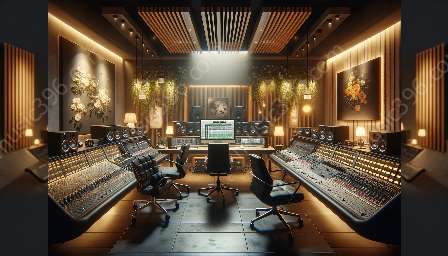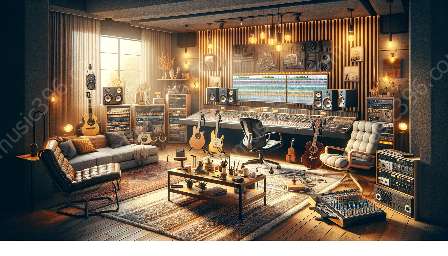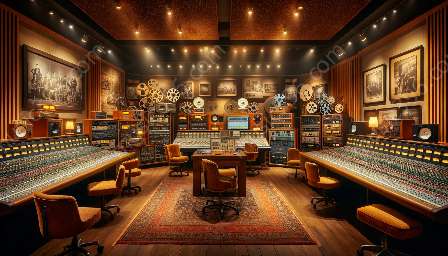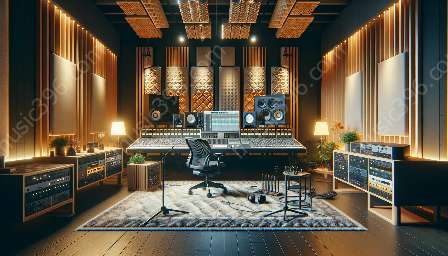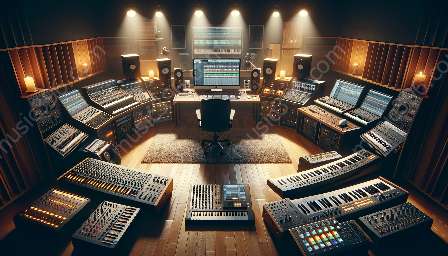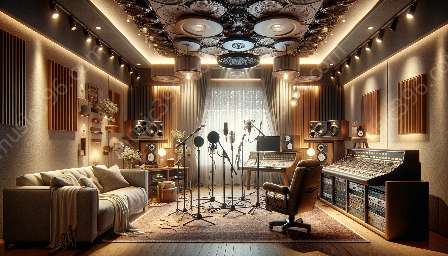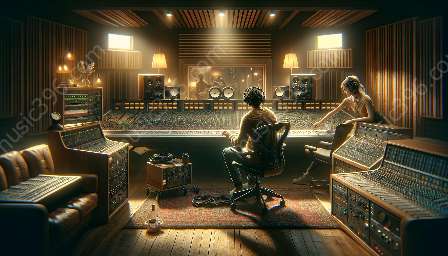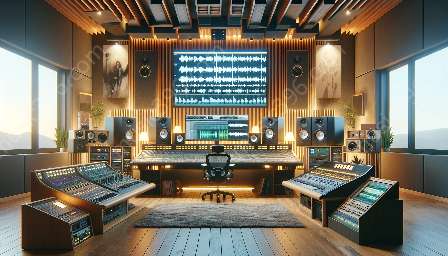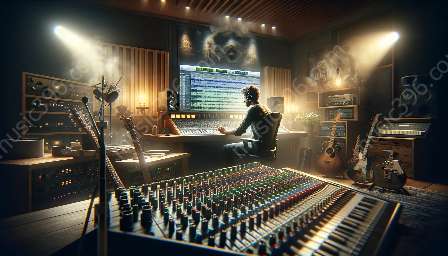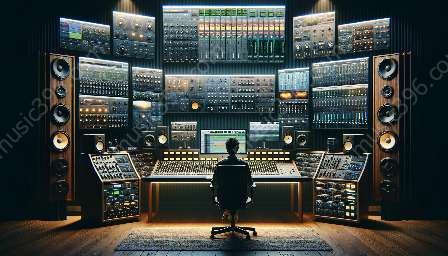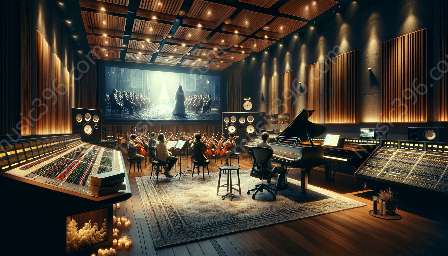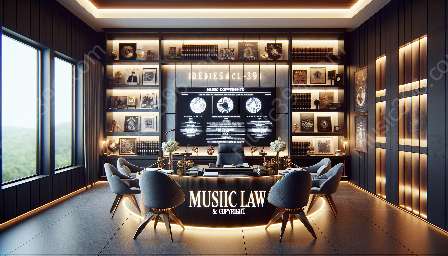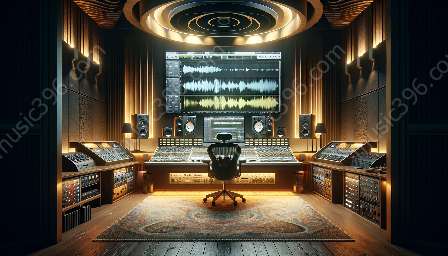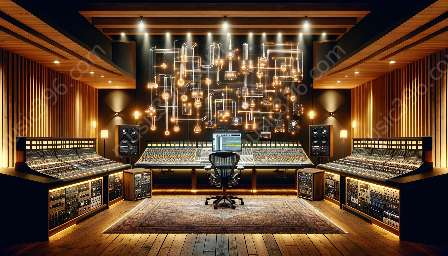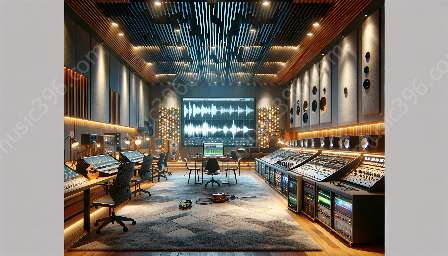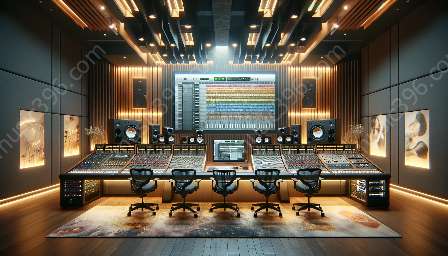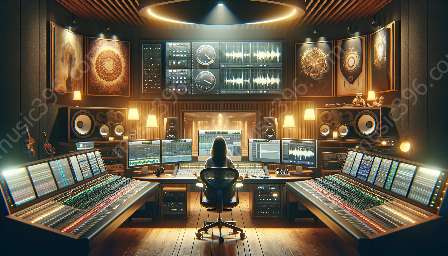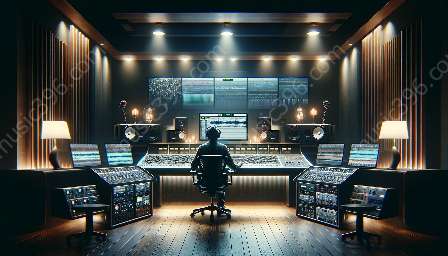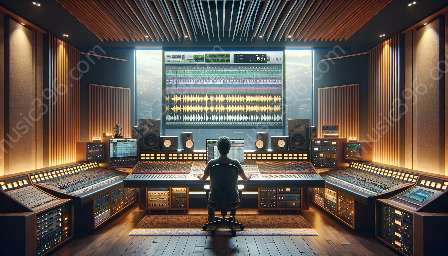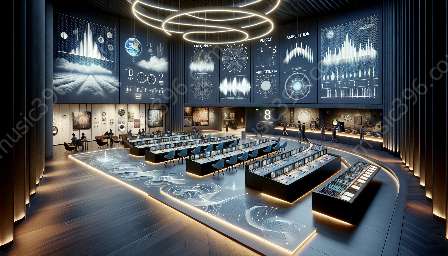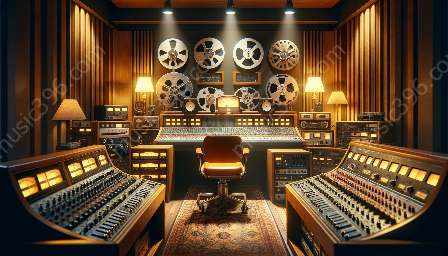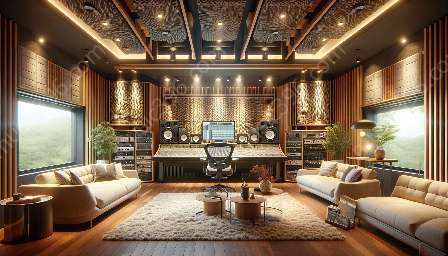Music recording involves the use of various types of microphones to capture different sounds and instruments. Understanding the applications of these microphones is essential for achieving high-quality recordings. In this comprehensive guide, we will explore the different types of microphones used in music recording and their respective applications.
Understanding Microphone Types
Microphones come in different designs and each type is suited for specific recording tasks. The main types of microphones used in music recording include dynamic, condenser, ribbon, and boundary microphones. Let's take a closer look at each type and their applications.
1. Dynamic Microphones
Dynamic microphones are rugged and versatile, making them ideal for capturing high sound pressure levels. They are commonly used for recording loud sound sources such as drums, guitar amplifiers, and live vocals. Dynamic microphones are also known for their durability and ability to handle rough handling, making them suitable for live performances and recording sessions in dynamic environments.
2. Condenser Microphones
Condenser microphones are known for their sensitivity and wide frequency response. They are suitable for capturing detailed and nuanced sound, making them popular choices for studio recording, vocals, acoustic instruments, and intricate percussion. Condenser microphones require phantom power and are more sensitive to handling and environmental factors.
3. Ribbon Microphones
Ribbon microphones have a warm and natural sound character, making them suitable for recording string instruments, brass instruments, and room ambiance. They often capture sound with a smooth and vintage quality, adding a unique color to the recordings. Ribbon microphones are known for their figure-8 polar pattern and can capture sound from both the front and rear of the mic.
4. Boundary Microphones
Boundary microphones, also known as PZM (pressure zone microphones), are designed to be placed on surfaces or boundaries to capture sound reflections and ambient environments. They are commonly used in recording rooms, conference settings, and capturing room reverb. Boundary microphones can effectively capture a wide sound field, making them suitable for immersive and spatial recording applications.
Choosing the Right Microphone
When selecting a microphone for music recording, it's essential to consider the sound source, recording environment, and desired sonic characteristics. Each type of microphone has its unique sonic footprint and application suitability. Here are some key factors to consider when choosing the right microphone:
- Sound Source: Consider the instrument or sound source you are recording. Different microphones excel at capturing specific instruments and voices.
- Frequency Response: Pay attention to the microphone's frequency response to ensure it complements the tonal qualities of the sound source.
- Polar Pattern: Understand the microphone's polar pattern and its impact on sound capture. Different polar patterns offer varying degrees of directivity and ambient capture.
- Phantom Power: For condenser microphones, ensure that your recording setup provides phantom power to operate the microphone.
- Application: Consider the intended application of the microphone, whether it's for studio recording, live performances, or capturing ambient soundscapes.
Practical Applications
Understanding the characteristics and applications of different microphones can greatly enhance the quality and artistic expression in music recording. Here are some practical applications of various microphone types:
Recording Vocals
Condenser microphones are popular choices for recording vocals due to their sensitivity and ability to capture detailed nuances in vocal performances. Dynamic microphones are also used for live vocal performances due to their durability and resistance to feedback.
Capturing Instruments
When recording instruments, such as drums and guitar amplifiers, dynamic microphones are often used to handle high sound pressure levels. Condenser microphones excel at capturing the intricate details of acoustic instruments, pianos, and orchestral ensembles.
Room and Ambient Recording
Ribbon and boundary microphones are commonly used for capturing room ambiance, reverb, and spatial soundscapes. They contribute to creating a sense of depth and immersive sonic experiences in music production.
Conclusion
Microphones play a crucial role in shaping the sonic landscape of music recordings. By understanding the distinct characteristics and applications of different microphone types, music producers and recording engineers can make informed decisions when selecting the most suitable microphone for their recording needs. Whether it's capturing the raw energy of live performances or the intricate details of studio recordings, choosing the right microphone is an essential step in the music production process.



